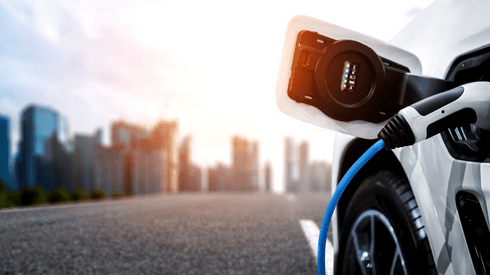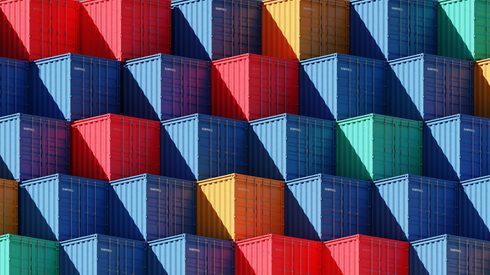The battery materials market is going through significant volatility as the race is on to achieve net-zero and a sustainable supply of lithium.
Significant global events like the Russian invasion of Ukraine, the repercussions of the Covid-19 pandemic and the unprecedented demand for electric vehicles (EVs) have increased the market appetite for key battery materials.
With a backdrop of geopolitical risks and supply and demand challenges, we look at some of the key predictions for the lithium market to 2033.
For more in-depth insights into the short- and long-term forecasts for the lithium market, find out more about our NewGen lithium forecasts.
>> Download our free battery materials short term forecast sample
1. Electric vehicle (EV) adoption continues to gather pace
Chinese EV sales grew by 96.5% year-on-year and 19 countries are now past the 5% EV penetration rate.
Fastmarkets forecasts demand from battery electric vehicles (BEVs) to increase by compound annual growth rate (CAGR) 20% to 2.28 million tonnes of lithium carbonate equivalent (LCE) in 2033 from 321,000 tonnes of LCE in 2022.
But risks remain.
2. Lithium supply and demand challenges will remain
Regional mine supply and demand profiles do not align. Although domestic supply is expanding in China, Europe and the US, it will not keep pace with demand.
By 2033, Europe and the US will each contribute 5% to global supply versus 18% and 23% respectively of global combined electric vehicle (xEV) demand.
There will be fierce competition to secure lithium units from Australia, Chile, Africa and Argentina. However, China is aggressively expanding its domestic mine production and we expect it may overtake Australia as the number one producer in 2033, with 836kt LCE.
3. Geopolitical risks and regulatory frameworks create pressure to localize supply chains
China looks set to dominate processing capacity, increasing its lithium salt production to 1.86 million tonnes in 2033.
However, geopolitical risks and regulatory frameworks mean that the production of battery-grade salts is a priority for the US and Europe to reduce reliance on external supply chains – particularly China.
We expect more producers to explore integrated conversion facilities, with many new mining operations looking to include processing capacity. We expect ex-China processed production to reach 1.61 million tonnes LCE by 2033, supported by an increased focus on recycling.
4. New lithium project timelines could face delays
There are around 300 lithium projects in the pipeline. Considering that we are forecasting market tightness until at least 2026, we expect the lithium price to remain above the cost curve to incentivize new supply coming online.
However, regulatory frameworks and tight ESG requirements are extending project timelines. Inflation is also adding to the cost of bringing new supply online and in some cases, cost estimations have doubled in the past two years.
5. Lithium market expected to remain mostly in deficit until 2026
Much rests on Chinese domestic expansion.
We expect the market to mainly be in deficit until 2026, due to strong demand for lithium-ion batteries for EVs and, increasingly, energy storage systems (ESS).
A continued high price will incentivize project development and ensure that supply will come online to fill the gaps. New technologies like direct lithium expansion (DLE) may help ease the pressure on the lithium-ion supply chain. As well as alternative battery chemistries, especially for use in ESS.
Want more insights and forecasts for the lithium market?
Keep up to date with global lithium market insights and predictions for 2023 and beyond. Gain access to the full data contained in this story by requesting a demo of our lithium long-term forecast.







